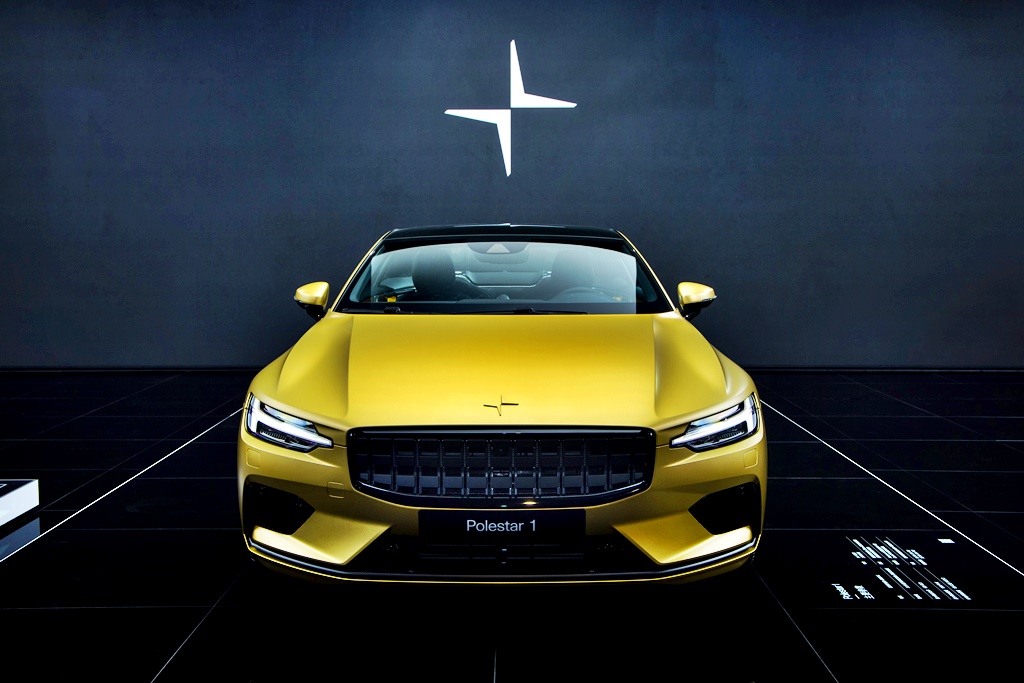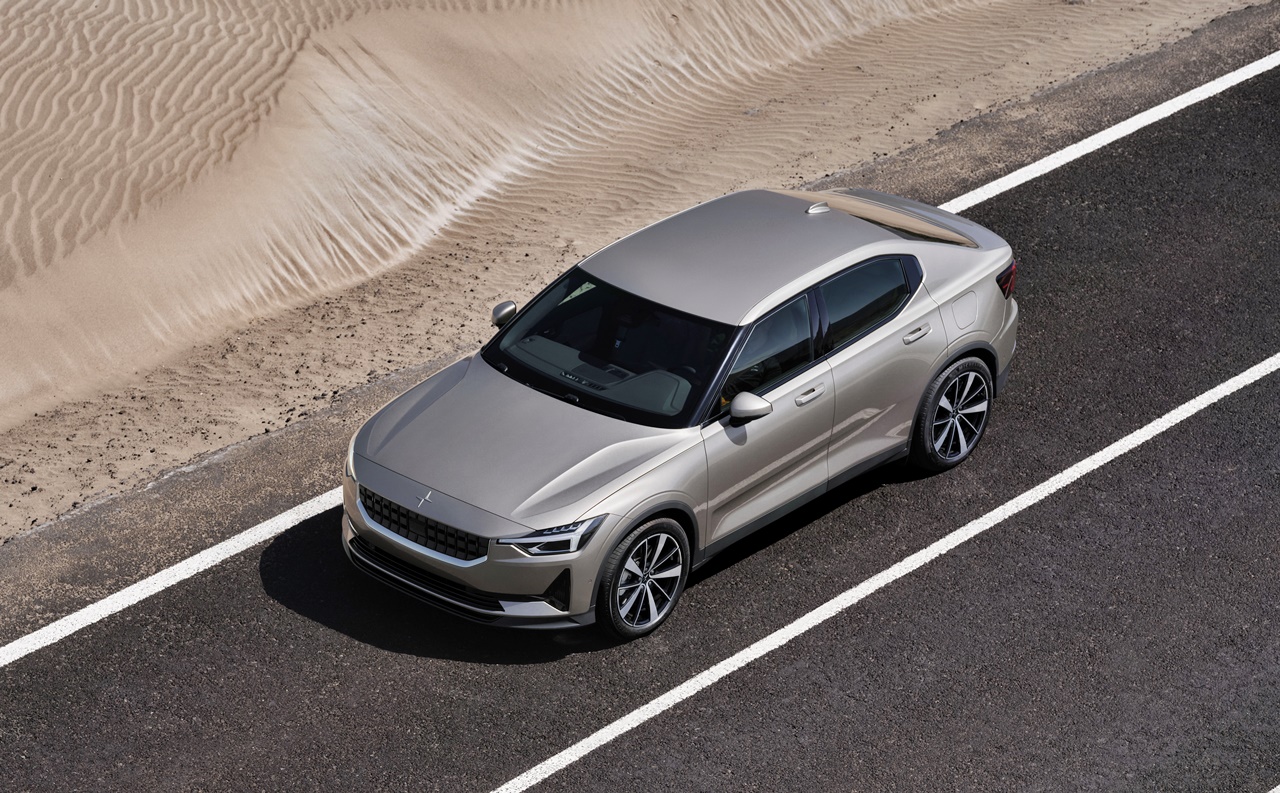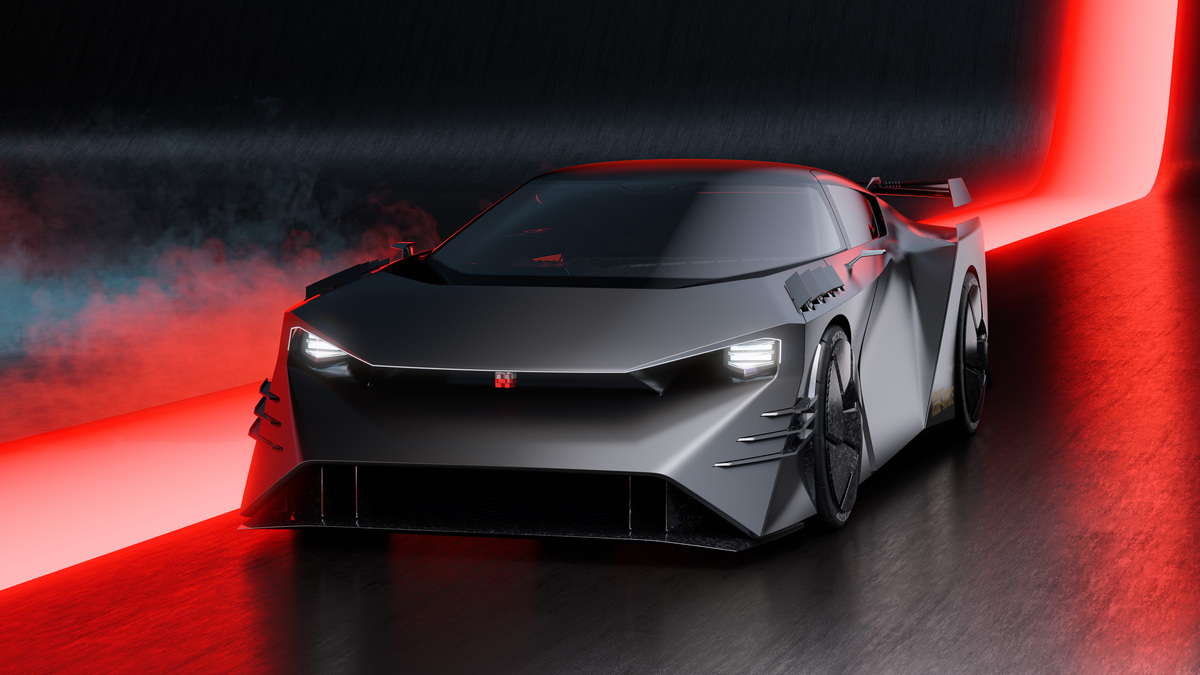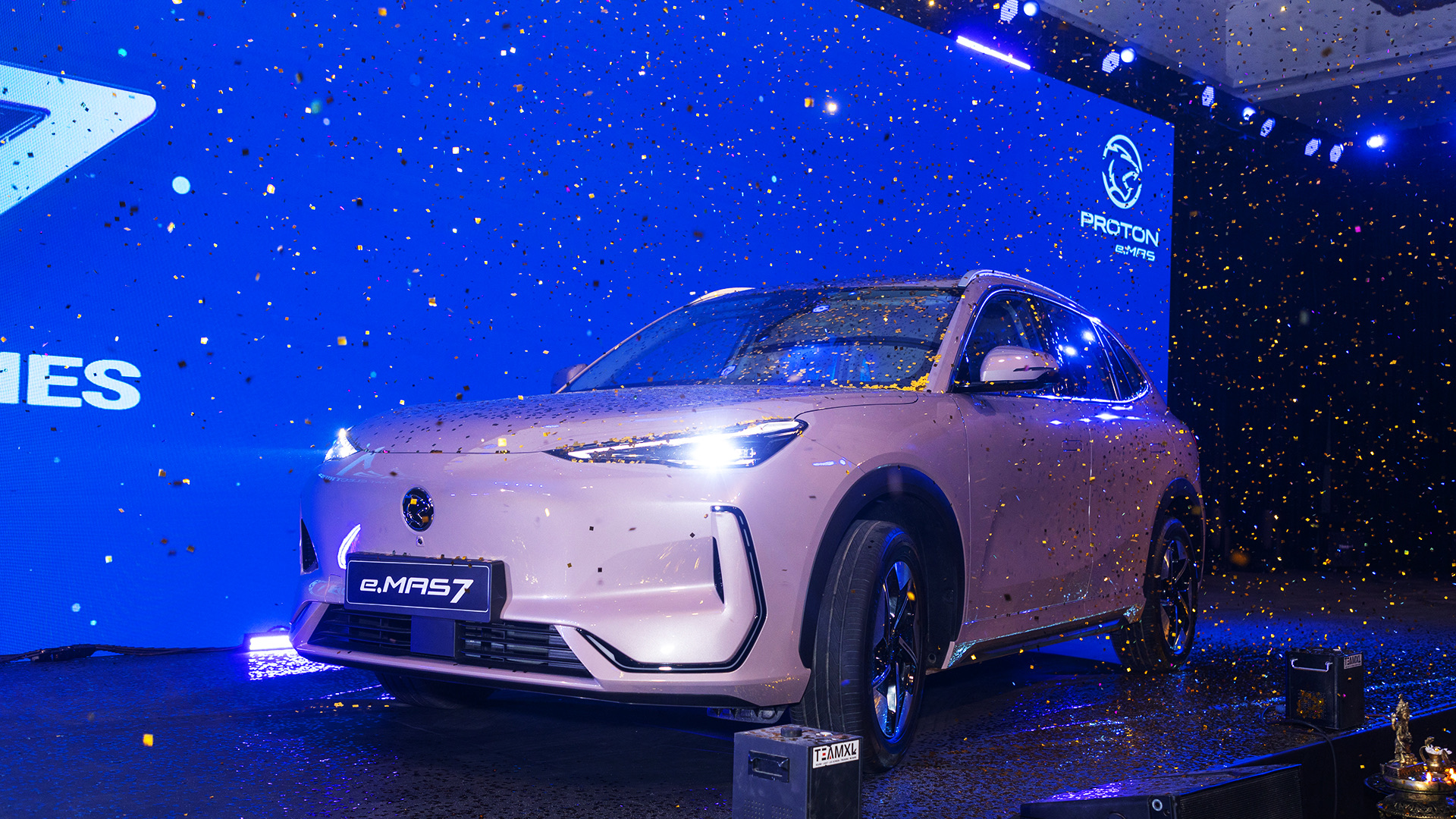Polestar, the independent Swedish electric performance car brand founded by Volvo Cars and Geely Holdings, has produced two models to date – the Polestar 1, a low-volume hybrid GT; and the Polestar 2 fastback which is the company’s first fully electric, high volume car.
The Polestar 1 made its debut in 2017 and since 2019, has been built a new factory in China. After 4 years, the model’s production will end later this year as the Polestar 3 SUV makes its entry. To commemorate the end of its production life, the company has revealed a special version which will be made in 25 copies only.
The special edition will feature a bespoke matte gold exterior paint job with matching calipers and black wheels. Inside, colour-matched gold stitching gives the interior an even more unique feel.
The halo car
“It’s hard to believe that our beautiful halo car comes to the end of its production life later this year,” said Thomas Ingenlath, Polestar’s CEO. “We pushed boundaries with this car, not only in terms of engineering but also in its design and execution. Polestar 1 set the tone for our brand and its genes are evident in Polestar 2 – as they will be in our future cars to come.”
Technical tour de force
A technical tour de force, the electric performance hybrid has a lightweight body made from carbonfibre reinforced polymer (CFRP), and is powered by twin rear electric motors with genuine torque vectoring. As a performance model, it is fitted with high-performance components like Akebono brakes and adjustable Ohlins dampers.
With a combined power output of 609 bhp and 1,000 Nm of torque, and a purely electric driving range claimed to be up to 124 kms – still the longest of any hybrid car in the world – the Polestar 1 is a performance car that can be driven as a full EV in daily use, doubling as a great long-distance GT at any moment.
“This car was not designed to fit into a ‘box’,” noted Ingenlath. “We didn’t design it to compete with other cars, and neither did we design it to suit a specific target customer. Polestar 1 was about pushing our own boundaries, exploring a new era for Polestar and launching the brand with a strong statement – and it’s done a great job of capturing the hearts and minds of fans, press and the lucky customers who own one.”
The journey continues with the Polestar 2
Until the Polestar 3 is launched, the Polestar 2 model (pictured below) will offer 3 variants with a combination of long- and standard range battery packs as large as 78 kWh, and dual-motor and single-motor powertrains with as much as 300 kW/408 hp and 660 Nm. It is produced at a Geely factory in China.
Besides the Polestar 3, the Precept (concept model shown above) will also go into production later on. The Precept highlights Polestar’s path for digital technology and the use of innovative sustainable materials, inside and out.
“‘Stunning. Spectacular. Cutting-edge. We’d like to see it on the road!’ – this is what the press wrote about Precept and the public said, ‘We want it’, so we decided to build it,” explained Ingenlath.
Expanding market footprint
Polestar, which is recognised as a car manufacturer, will expand its market footprint further this year with the addition of 5 new markets in the Asia-Pacific region. These markets will join 3 new and previously announced European markets, bringing Polestar’s global footprint to 18 markets by the end of the year. The new markets include South Korea, Singapore, Hong Kong, Australia and New Zealand.
Polestar presents high-performance EV of the future – the Precept Concept
































